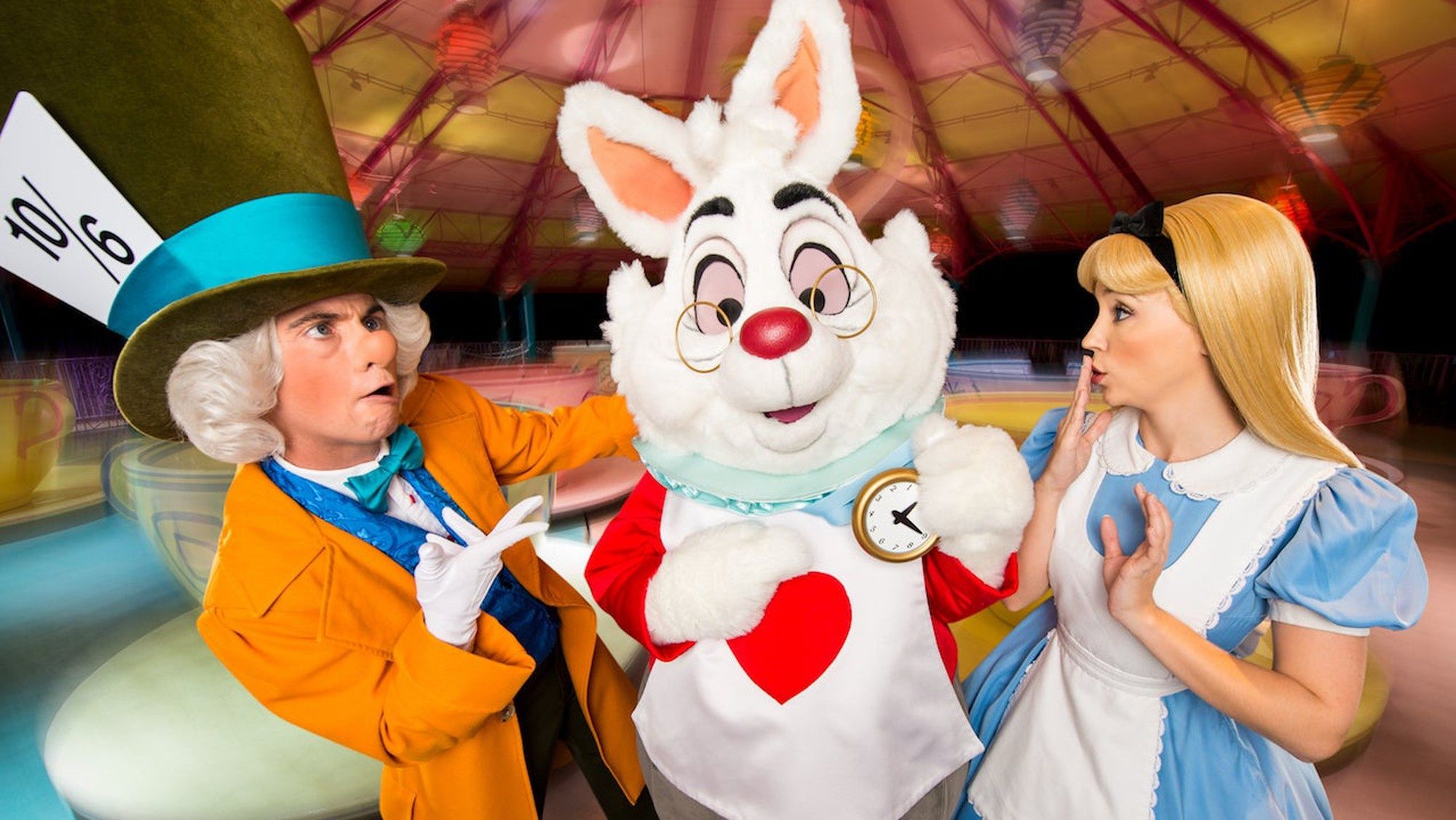
Child prodigy Hiro Hamada leads a team of unlikely heroes in the comic book adaptation Big Hero 6. Credit: Disney Animation
Although Big Hero 6 originated in a Marvel comic book written by two of the four founders of Man of Action Entertainment -- Steven T. Seagle and Duncan Rouleau -- for Disney (DIS 1.83%) this isn't another Marvel movie. Hiro Hamada, Baymax, and the other members of this unusual super-team have more in common with Frozen's Anna and Elsa than they do Iron Man and Thor.
Heroes missing in action
Observant followers of Disney won't be surprised by that. Most of the marketing for Big Hero 6 glosses over its comic book origins. Official language refers to it as "Disney's" Big Hero 6, while every Marvel movie or TV show has its own identifying marker: Marvel's Agents of SHIELD, Marvel's The Avengers, or, most recently, Marvel's Guardians of the Galaxy.
And the film isn't reflective of the team's comic book origins. Seagle and Rouleau's original Big Hero 6 was a state-sanctioned superhero team commissioned by the Japanese government. Movie characters Hiro and Baymax also appear in the comic, but in loosely adapted form. All of which may explain why Disney let others lead the marketing effort for Big Hero 6 at San Diego Comic-Con. Bandai, for example.
The Japanese toy and video game maker best known for the Power Rangers franchise has the collectibles license for Big Hero 6. We don't know how rich that deal was for Disney, but it could prove to be a nice long-term tuck-in if the movie does well enough to spawn sequels. Hasbro has spent hundreds of millions to secure the rights to make toys and collectibles based on Marvel and Star Wars characters.

At Comic-Con, Bandai touted action figures based on Baymax (pictured) and other Big Hero 6 characters. Credit: Tim Beyers (via Pinterest)
A few Novembers to remember
So if it's not part of the Marvel Cinematic Universe, just where does Big Hero 6 fit? Right alongside Frozen and Wreck-It-Ralph, it turns out. Since 2008 Disney Animation has made a regular habit of releasing new films in November, usually to great effect:
| Movie | Date | Est. Budget / P&A | Worldwide Gross | U.S. Home Video |
|
Frozen |
11/22/13 |
$150 mil. / $65 mil. |
$1,274.2 million |
$254.1 million |
|
Tangled |
11/24/10 |
$260 mil. / $60 mil. |
$591.8 million |
$104.6 million |
|
Wreck-It-Ralph |
11/2/12 |
$165 mil. / $65 mil. |
$471.2 million |
$105.9 million |
|
Bolt |
11/21/08 |
$150 mil. / $60 mil. |
$310 million |
$85.5 million |
|
The Princess and the Frog |
11/25/09 |
$105 mil. / $50 mil. |
$267 million |
$75.1 million |
|
Meet the Robinsons |
3/30/07 |
$145 mil. / $50 mil. |
$169.3 million |
$79.2 million |
Sources: Box Office Mojo, Boxoffice.com, and The-Numbers.com
See the pattern? Every year has brought successively bigger box office grosses. Add in licensing deals for clothing, toys, and games sold during the lucrative holiday shopping season -- followed by home video sales months later -- and animated features start to look like one of Disney's most reliable profit producers. Appropriate, when you consider the studio's roots.
Foolish takeaway
And yet Disney could do so much more. Unlike other areas of its business, Disney Animation has resisted the urge to develop franchises out of its more recent releases. That's even true for Frozen. Anna and Elsa will get more air time next year, but not in a sequel. Rather, Disney plans four animated shorts based on books to be released in 2015.
Big Hero 6 could change the strategy. At the very least, it's worth noting that the studio has unnamed projects scheduled for March 2016, November 2016, March 2018, and November 2018. Those March releases could support full-blown sequels, leaving November open for new properties. For a franchise builder like Disney, anything less would be surprising.
Do you agree? Disagree? Start the conversation in the comments box below. Or, tweet to @TheMotleyFool on Twitter or find us on Facebook. Be sure to tag your comment #bighero6.






